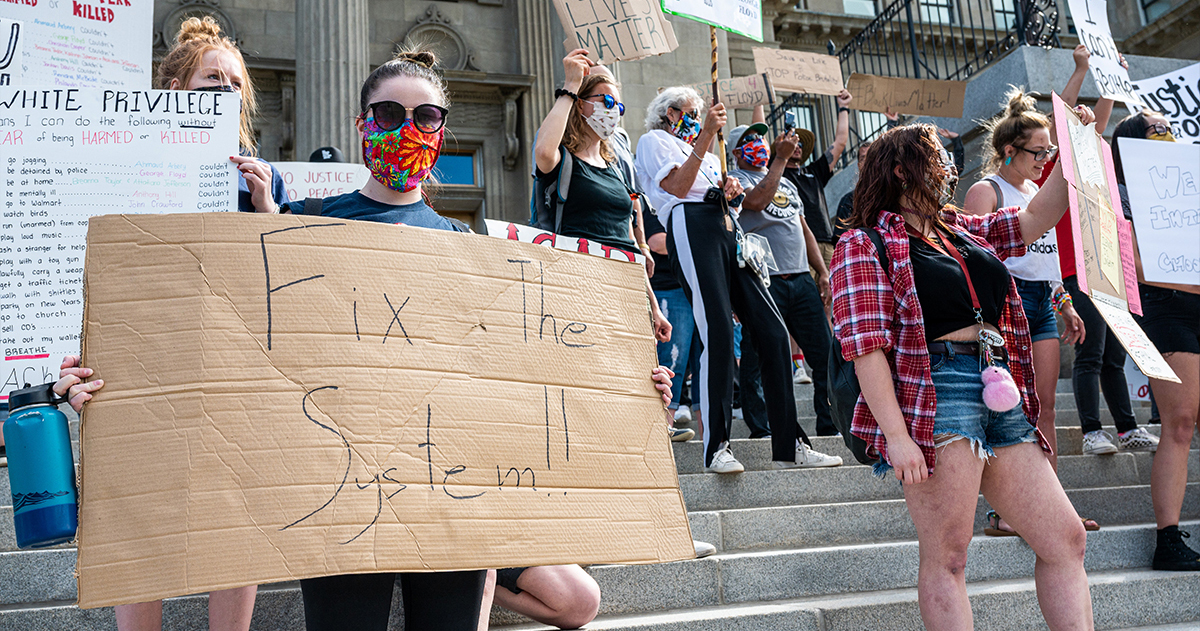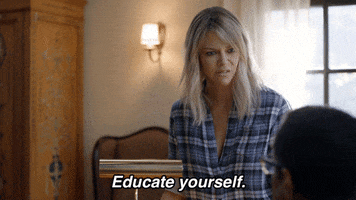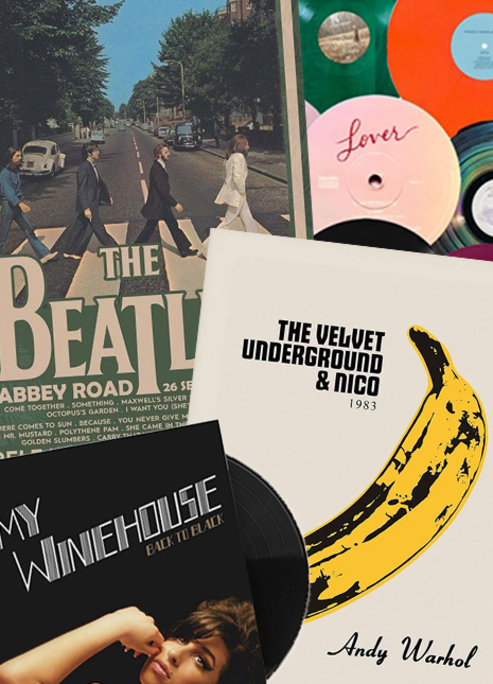
5 Examples Of White Fragility
A lesson to learn forever.
In the world of systematic racism and over 70 million votes for Trump, white people need to realize the realness of the concept of white fragility, the self-defensiveness technique they bring when the race subject turns up. Here’s your guide to the examples of white fragility to be avoided, called out and eradicated in the future.
1. White Centrality
Prioritization of white people’s perspectives, experiences and feelings, assumption that whiteness is central. It disregards hundreds of years of racism’s history.
Examples: ‘If Black people weren’t so aggressive, we would understand their message better,’ ‘I’m doing my best but black people still keep criticizing.’ Also, a celebration of white athletes’ trash-talking as competitive banter is another example of white centrality.
2. Erasure
Stealing and appropriating the ideas, concepts and heritage of BIPOC (Black, Indigenous, and people of color), often without the indication of credit.
Examples: The animated cartoon character Betty Boop was originally inspired by the Black singer and child entertainer from the 1920s, Esther Jones, and her signature ‘boo-oop-a-doo.’ The white actress Helen Kane is more widely recognized as the source of inspiration; also, the character herself is white too.
3. Gaslighting
The act of undermining and belittling the feelings and reactions of BIPOC.
Examples: ‘It’s just banter,” ‘Don’t overreact,’ ‘You’re too sensitive,’ ‘It wasn’t about race.’

4. White Tears
White people refuse to talk about racism and their privileges and use crying or complaining as a defense mechanism.
Examples: White girls crying on social media after being called out for their racist reactions to Black Little Mermaid.
5. Silence
‘Lack of qualifications’ to speak about race are being used as an excuse not to react to racism.
Examples: ‘I’ll let the experts talk,’ ‘It’s not my place to judge.’











